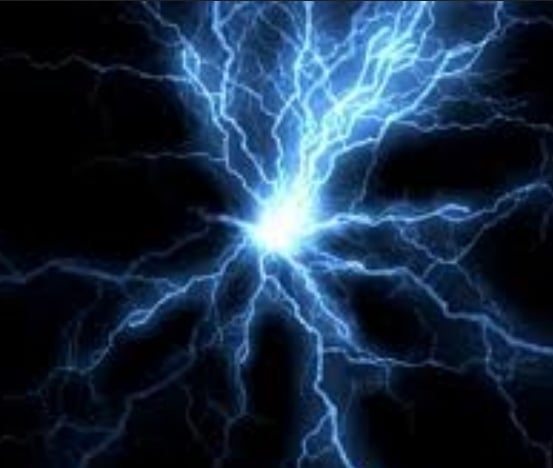I am using OrcaSlicer/BambuStudio with the P1P. Also, the hotend currently has hardened steel gears and a 0.8mm nozzle.
Am I forced to print the lego pieces slowly? Is there a setting or function that I can tweak to slow down my printer when it reaches the tiny circular geometry?
The tolerance on a lego brick is ±0.005mm. you’re going to have a hard time achieving that on any FDM printer, even commercial ones.
This is why you can attach a brick made in 1988 to one made in 2024.
I’ve printed usable pieces on my Prusa Mini with the highest detail settings. Far from perfect, but definitely usable.
If you haven’t heard of it before, LeoCAD is pretty cool for modelling with LEGO.
Yeah I haven’t heard of it. Thanks for the info. Not sure if that would solve my problem though.
I’ve previously printed custom lego pieces for the Lego League kids, that my wife has at work. I’m using a Creality Ender 3 S1 with 0.4mm nozzle. Though I’ve not tried smaller parts. They were 8x2 units and 2 or 3 units high. They have the name of the kid on the side. It took some tries to get the tolerances good enough, but now I can print them with normal speed and minimal post processing.
So I think it depends on what pieces you want to print.
Unless you have free power and filament, wouldn’t it be cheaper to buy specific Lego bricks?
Unless it’s just for the heck of it obviously. Then print away :p.
There’s so many advantages to making your own. No wait time, and custom pieces. Only the connections are needed.
Rare Lego pieces get expensive fast. Some short googling brought up a windscreen that sells for around $190
Depends. I recently was in that situation and it was easier and more cost-effective to just print them.
I recently bought some Lego Star Wars sets and printed out some Display stands for them but the connection between the stands and the model was expected to be a 2x4 Lego plate. I didn’t have those plates at hand so I looked online and found it from the official Lego site.
The individual “Plate 2x4” would cost 0.14EUR each. Since I needed 3 this would be 0.42EUR. But the mailing costs would be over 9EUR.
So ordering 3 of those Lego pieces would cost me almost 10 bucks. I just printed them out which worked well, they were a bit tight fit but are still holding.
But I wouldn’t necessarily say that this is a replacement for actual Lego pieces. As a quick alternative that you can’t see or that has less interaction with other pieces (doesn’t need to fit correctly on all sides) then I think this can work.
My next step in between buying from Lego and printing would be Bricklink or a second-hand Lego brick and mortar store like Bricks & Minifigs. Printing can get the job done and probably works fine for a display stand or similar, but you’ll never get the tolerances needed to match Lego out of a consumer 3D printer.
My only advice is that it’s not worth the hassle. If you really want to though, yeah, slower is probably better.
You might be right about that. Still being able to print at that quality or near it, would look good.
Resin, 100%, is your solution. Not FDM.
As great as it is at detail, even resin won’t be perfect. Plus it won’t last if you use it because of the nature of resin.
I had assumed they were referring to pouring and not a resin printer. Using a mold is definitely a full proof approach.
Perfection is an illusion.




